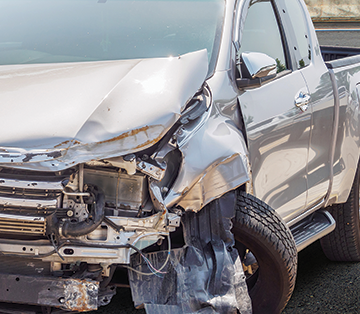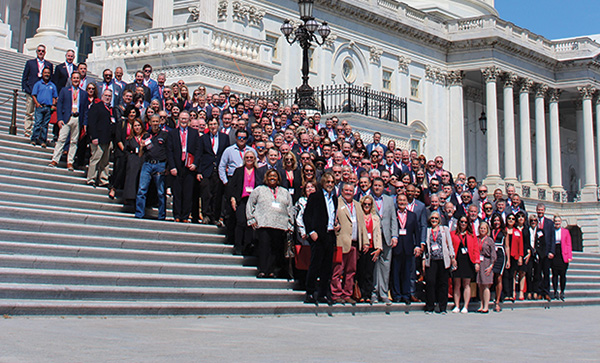
How many miles did each truck in your fleet average in 2022?
It’s a basic question, but the answer can profoundly affect your company’s operations, expenses and profitability.
When fuel costs spiked this past year, having crews on the road started costing a heck of a lot more. F-150s don’t exactly “sip.”
But a far more significant issue is at play. Each time your crews roll out of the yard, the risk of an auto accident increases.
Some interesting, troubling trends have been bubbling during the past few years, and few contractors have been lucky enough to have avoided them.
When the nation largely stayed home during the COVID-19 pandemic, there were far fewer drivers on the road and fewer miles being collectively driven each day, but accident rates went up. In fact, in 2021, motor vehicle fatalities had the largest spike since at least the 1970s, according to a 2022 study released by the National Highway Traffic Safety Administration. Fatalities were up nearly 18% in 2021 compared with 2019 numbers.
AAA was curious why Americans were driving less but dying more frequently, and its foundation conducted further research. The research found that though most drivers have reduced the number of miles driven, a small group (4%) drove more. That group tended to be younger and male.
Younger.
Male.
Driving more.
These check all the boxes of the roofing industry during one of the busiest, most chaotic years ever.
Plus, fewer cars on the road meant fewer drivers who actually drove the speed limit, and speeding soared. Distracted driving from any number of cell phone apps and built-in infotainment systems continued to be a huge issue, as well.
And though there are indications the spike is softening (traffic is filling back in, so it’s not as easy to treat a highway like a speedway), accident and fatality rates still are higher than in 2019.
And the insurance loss data underscores it.
Roofing industry data shows that though the number of claims per worker has trended downward during the decades (terrific!), the cost and severity of the claims that remain are growing much higher … more than 300% higher in less than 20 years in some instances.
Part of that is because of inflation. In addition, cars cost more than ever, and there have been an increasing number of “nuclear” verdicts that award astronomical sums in accident cases.
But there are steps you can take to reduce your exposure and keep your crews safer. Dashcams can quickly cut through an accident’s inevitable “he said/she said” drama; though a dashcam can prove your employee was at fault, it is widely regarded as being more beneficial than harmful, and the technology is being used more widely in the industry.
Having strong company policies in place for vehicle use is essential. Your teams need to know what is and is not acceptable and the rules will be enforced. In-cab cameras, fleet management software, GPS tracking and theft-prevention devices for your vehicles not only help enforce safe-driving practices but also can alert you to other problematic workforce issues that can arise, such as cell phone use or distracted driving.
For instance, one contractor got a speed camera ticket mailed to his home and was able to point to the crew and driver who had the truck that time and day. Another contractor began our recent conversation with: “Well, one of my trucks is in Mexico right now, and we don’t do work in Mexico.”

According to a study by the Insurance Institute for Highway Safety, crash-avoidance technology reduced accidents in various ways, such as:
- Collision warnings reduced front-to-rear crashes 27% and front-to-rear crashes with injuries 20%.
- Collision warnings with autobrake reduced front-to-rear crashes 50% and front-to-rear crashes with injuries 56%.
- Blindspot detection reduced lane-change crashes 14% and lane-change crashes with injuries 23%.
- Rear automatic braking reduced collisions while in reverse 78%.
But, ultimately, there’s a driver at the wheel, and safety technology can give him or her a false sense of security and reduce attention and concern to a level where danger remains significant or worse. So you still need to examine your policies (driving, human resources and insurance) and talk with your teams. Safety on the roof gets a lot of attention, but safety behind the wheel is equally important.
MCKAY DANIELS is NRCA’s CEO.
mdaniels@nrca.net



